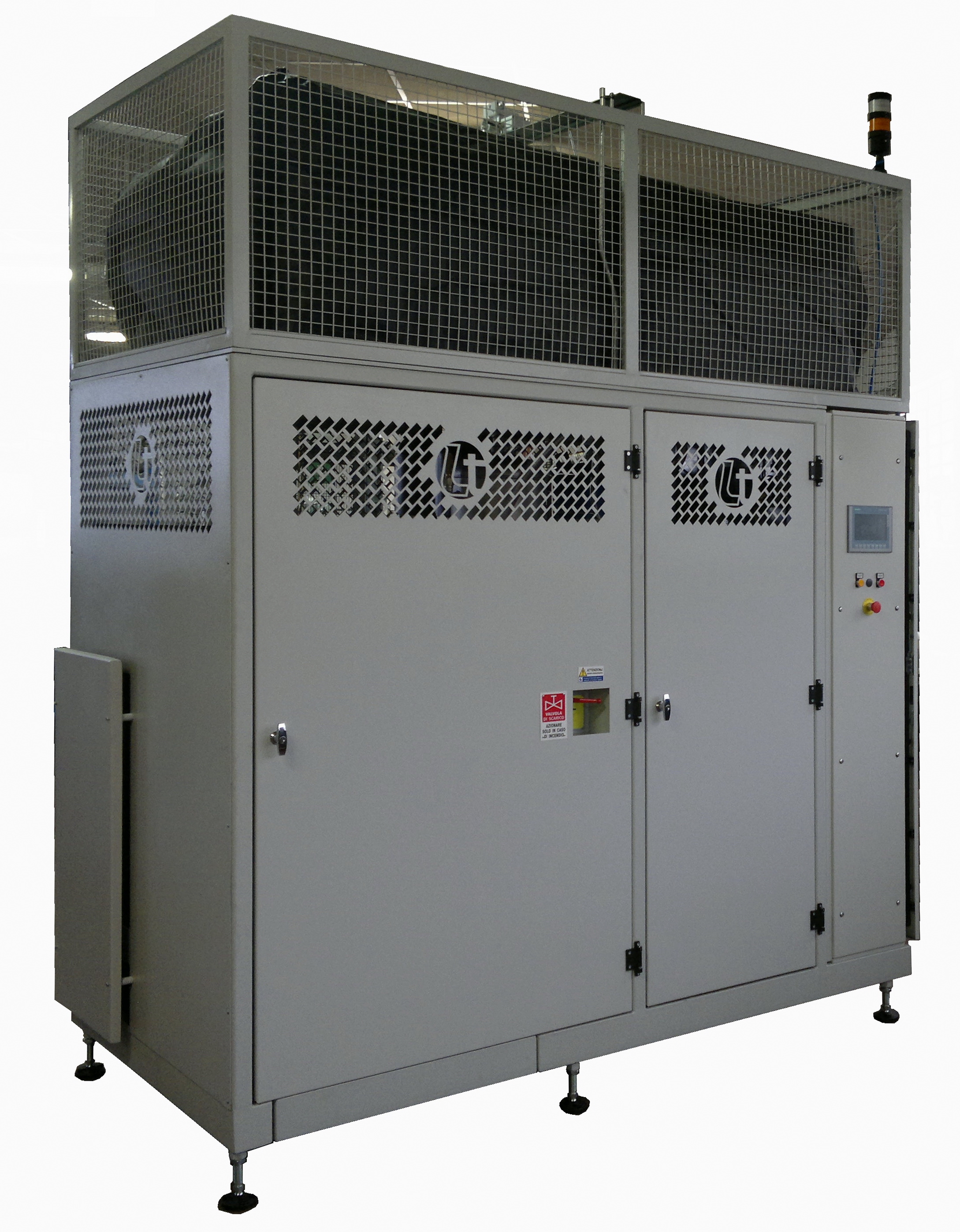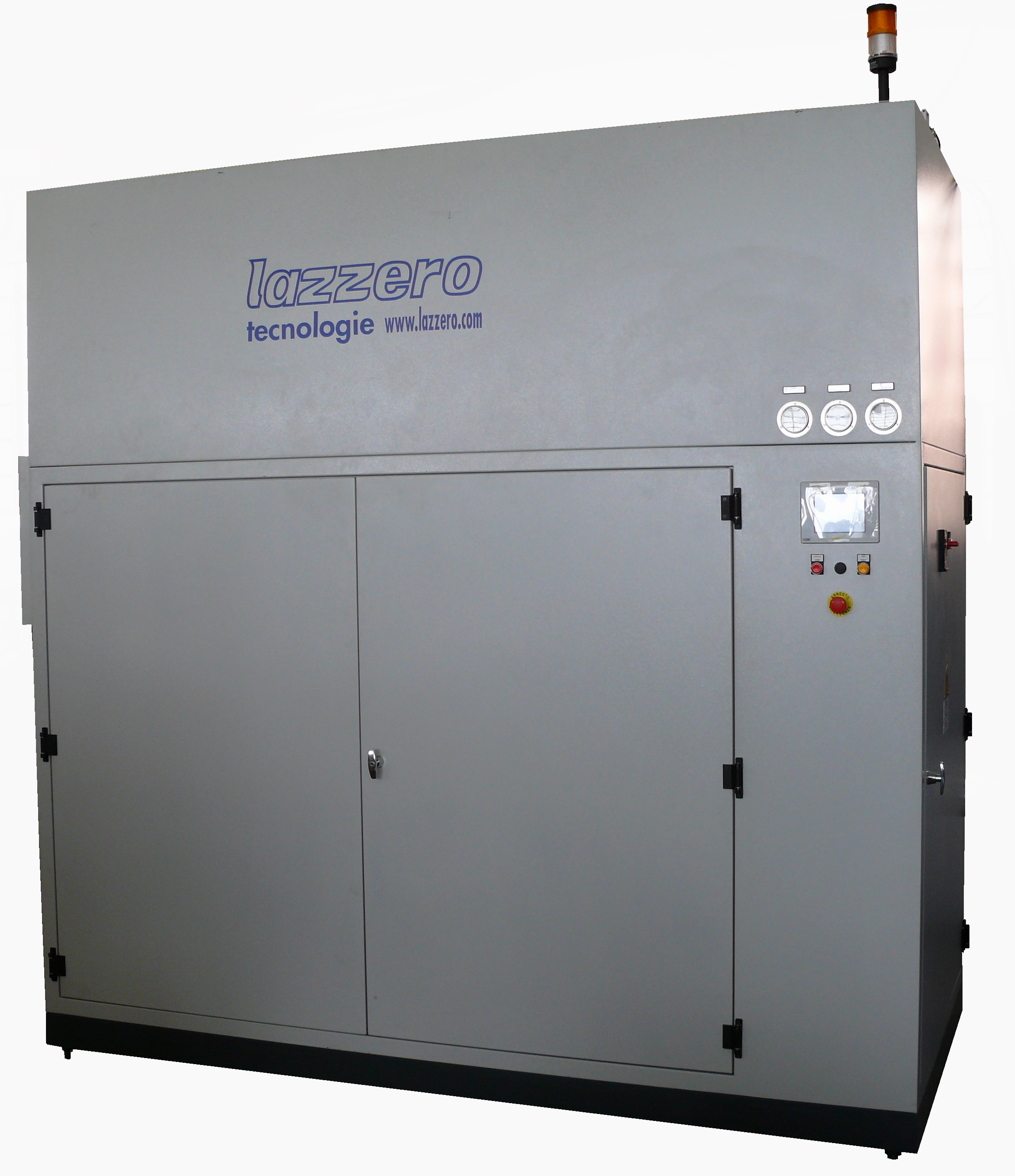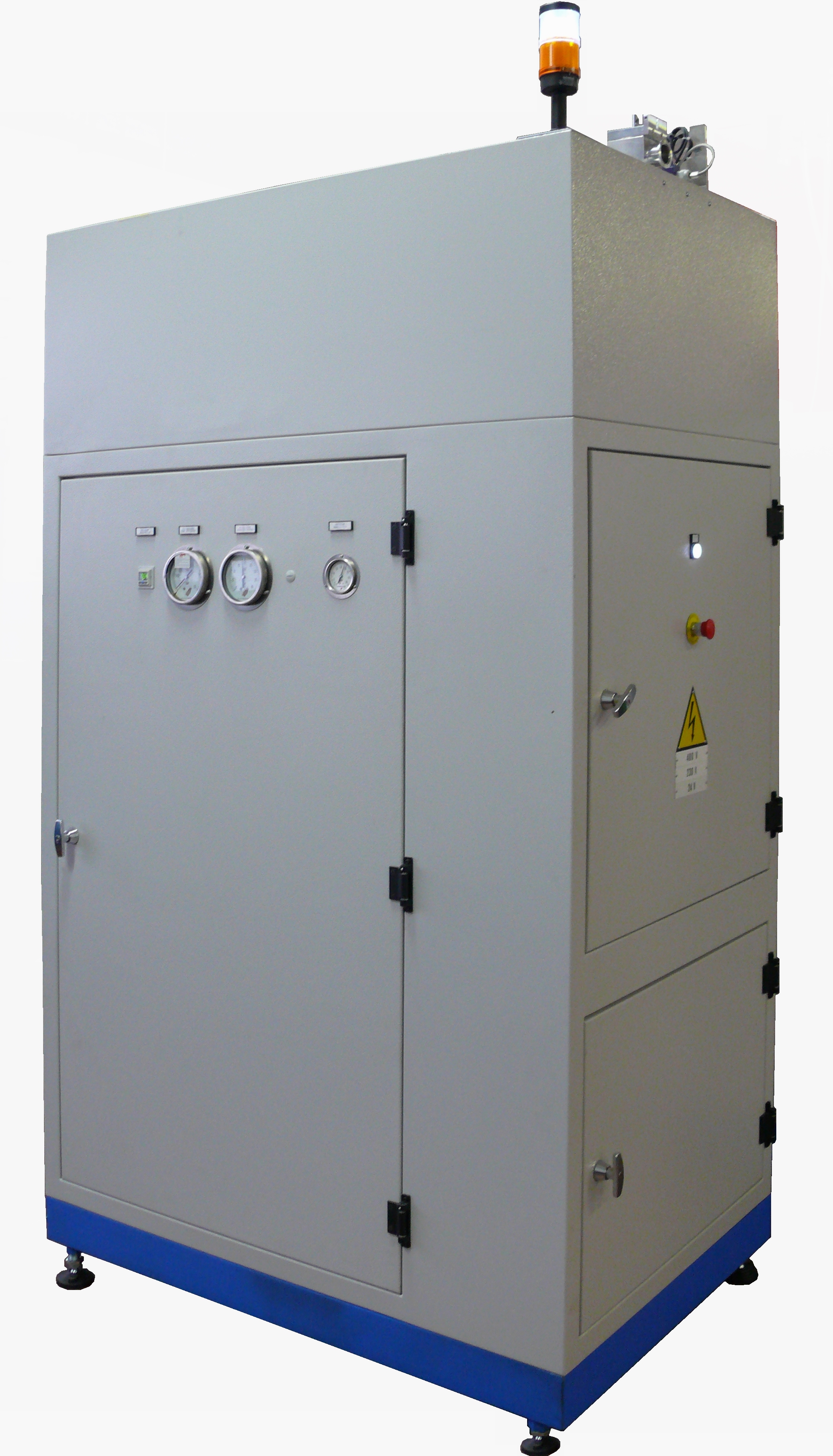The tracer gas widely used for mass spectrometer leaktesting is helium. Helium is a noble gas endowed with optimal characteristics for this task:
- it is not toxic or noxious; it is flavourless and odourless
- it is chemically and physically inert
- it is non-combustible and non-comburent
- it is eco-friendly, and is not a pollutant
- it is present in small quantities (5 ppm) in the atmospheric air
- its molecule is very small (4 amu) and therefore very fast
- it is cheap
- it can be readily supplied
Use of recovery systems makes economic sense when considerable quantities of gas are used for leaktesting.
The quantity of gas necessary for testing basically depends on three factors:
- speed of production,
- volume of unit tested,
- test pressure
In certain cases, the presence of a high value relative to one of the three factors suffices as justification for adoption of a recovery system.
Adoption is an imperative already when two conditions are found to be highly significant.
Recovery systems enable savings in terms of helium testing costs, enabling recovery of up to 90%, or more, of the gas used. Savings may be assessed on the basis of efficiency of recovery. Efficiency is higher the higher the difference is between the test pressure and the discharge and recovery pressure.
According to the needs of the testing system used, recovery units are available which meet needs arising at the time, with capabilities for accumulation, for volumes and varying pressures.
In testing systems which use limited amounts of gas it is frequently possible to link various workstations to the same recovery system.
The recovery system is generally autonomous in its functioning, and installation also for interlocking with already existing machines is possible.
 |
 |
 |
 |
 |
 |












